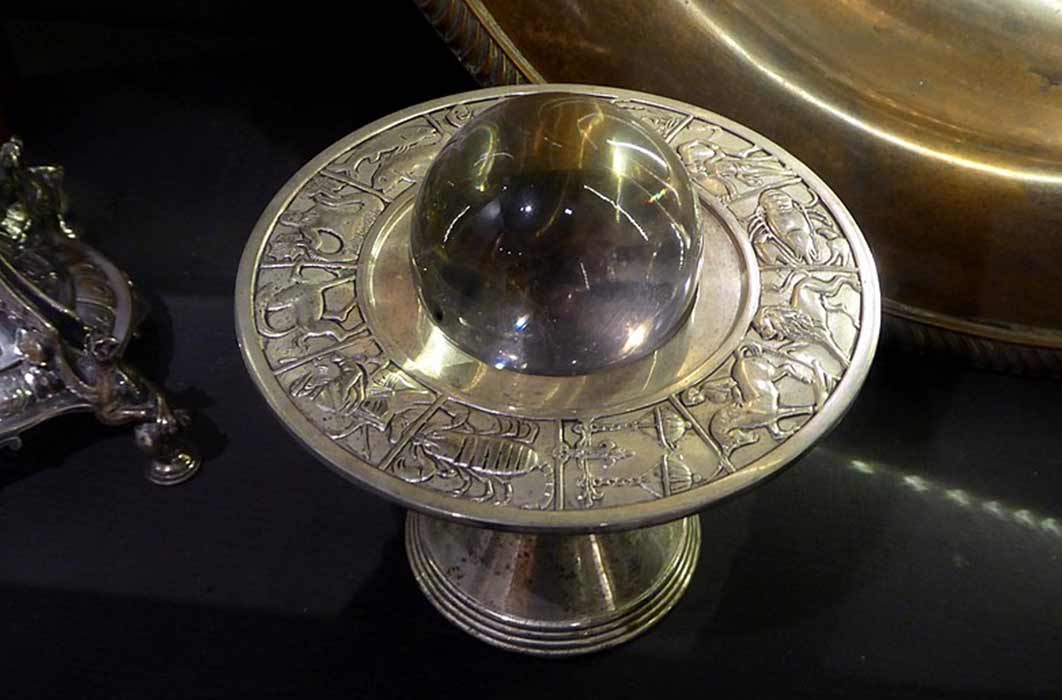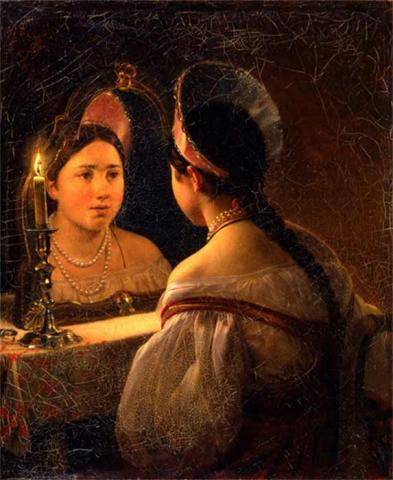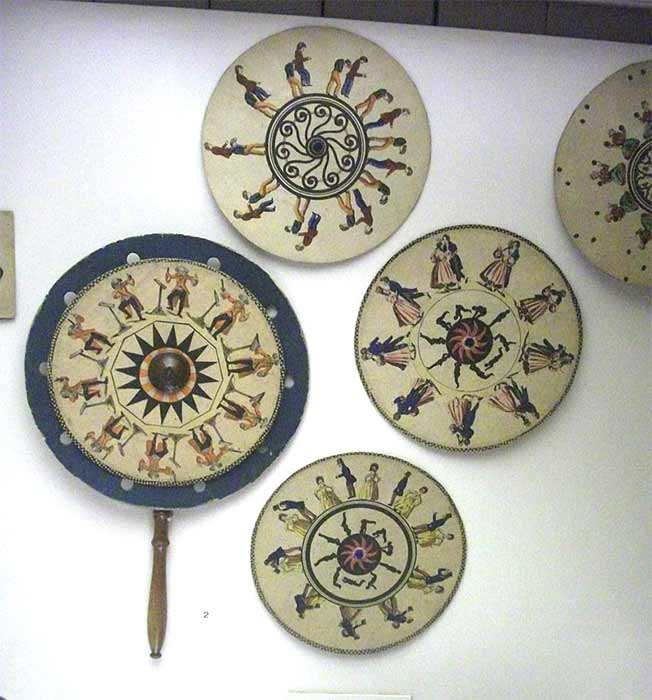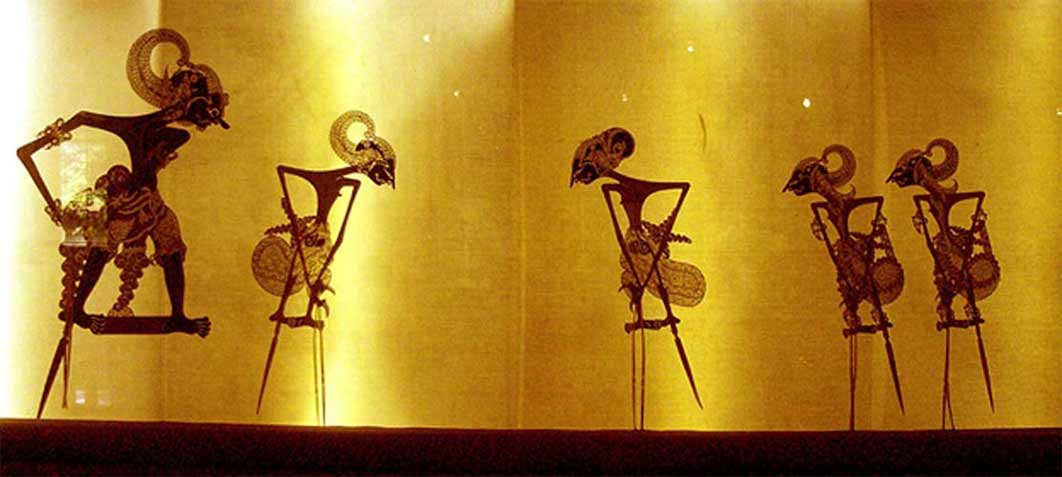
The Roots Of Catoptromancy in Ancient Persian and Central American Sources
"Thus television... has a prehistory in the domain of oriental folk-lore,” wrote Berthold Laufer in 1928 in an article with the delightful title, The Prehistory of Television. Television was quite new even in the period in which Laufer was writing, but he was keen enough to see that this new technology had a long lineage in terms of an ancient human desire to see and hear at a distance. Earlier cultures displayed concepts on the idea of transmission and reception of images and sounds, that on the one hand seem rooted in pure fantasy, but on the other hand involved distinct, technological conceptualizations. As William Uricchio, a scholar in the field of media notes, it is indeed possible to “track the idea of live moving-image transmissions back to the distant past.”

Russian folk catoptromancy - divination using a mirror - by Karl Briullov, (1836) Nizhniy Novgorod Museum (Public Domain)
Television itself is a very particular technology, with at least three distinct forms in its history. At present, television is based on digital technologies, but in an earlier generation, it used cathode ray tubes to generate images. Prior to that, for a few years, the technology comprised a rapidly spinning disk generating images; a set of apertures set in a spiral on the disk allowed the scanning and subsequent re-assembly of a picture. This is important, because if one considers the early days of television, it is easy to understand that the disk setup — the ‘Nipkow disk’ is the technical name — is a mechanical device, and even ancient societies had an understanding of wheels, apertures, and so on.

A phenakistoscope (described in the display as a "Phantasmascope") with cards. On display in Bedford Museum, England. (Public Domain)
This is not to say that some ancient inventor would have built such a disk, but it means that in the general discussion of technological concepts, one can consider television as something closer to shadow images — which early cultures indeed created — and moving magic lanterns and phenakistoscopes, which those same cultures also may have constructed.
Laufer cites a Persian story of pictures of distant events seen in a divining cup, as well as a tale of a special ‘mirror’ in Alexandria that could display images of incoming ships, even if they were “20 days’ voyage off”. Thus Laufer’s title has a resonance even beyond the folkloric connection. The main point here is that technological ideas existed before the actual technology to construct them existed. Relatively simple technologies, such as shadow puppets, along with the basic concept of signaling at a distance by light reflected with a mirror, may have led to early speculations — ‘mechanical mythologies’ — about transmitting actual images across significant distances.

Shadow puppets: Wayang Purwa type, depicting five Pandawa, from left to right: Bimo, Arjuna, Yudhishthira, Nakula, and Sahadewa at the Indonesia Museum in Jakarta. (CC BY-SA 3.0)




